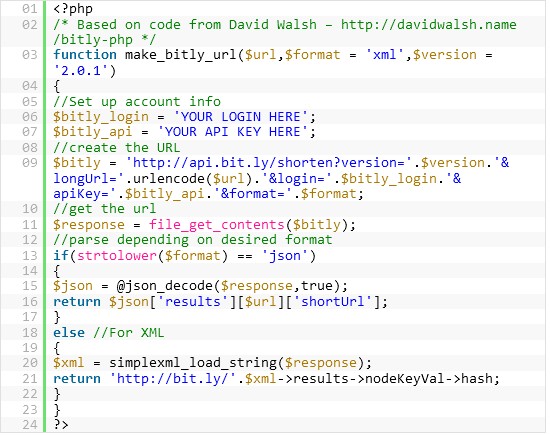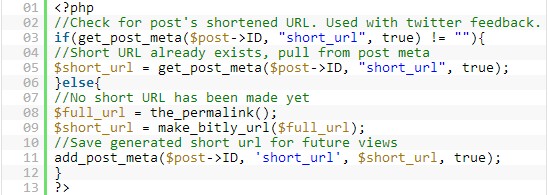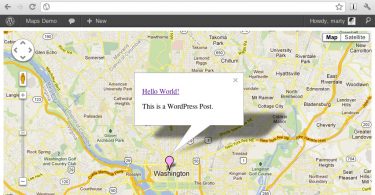Though you have TinyURL application to shorten the URL and paste it while re-tweeting to a tweet received on your website but it is not suggested by WordPress experts due to different reasons. The main reason behind preferring bit.ly instead of the TinyURL is because of the links generated through the TinyURL are not as short as the bit.ly.
In this tutorial, the entire process of shortening the URLs for your WordPress posts via bit.ly API is explained clearly.
Advantages of this Technique:
On following this technique, you need to think about creating the bit.ly URL every time you upload a post into your WordPress. Whenever a new post that you have created is saved, this technique will automatically generate a short URL for the main WordPress URL. And moreover only one short URL gets generated as there will be only one URL for the blog post that you have created.
Before thinking off to generate the short URLs, you must initially get the Bit.ly API. In order to gain access to the Bit.ly API, you must first create an account and then sign-in to the Bit.ly website to acquire API keys.
Once you grab the API Keys, you must immediately access the functions.php file present in your theme’s folder and paste the following code in it.

After pasting the code, you must access the single.php file available in the theme’s root directory and then paste the underneath code at the starting point of loop.

And later you can paste the following code at any point in the loop to depict the short URL.
![]()
Here are few plugins that shorten the links of all your WordPress posts:
WP URLs Shortener + Social icons:
This WordPress plugin will quickly create short links for all your posts, pages, users profiles, custom taxonomies and all other posts types that are available on the website.
The short links are pretty easier to memorize and can be easily shared among all your friends and readers. Even this plugin can shorten the external links that are placed in your post.
La Petite URL:
This striking WordPress plugin will permit you to shorten the URLs by utilizing your own domain name or you can shorten it to other domain name.
You can further add a prefix to all the available links in your website and later decide the number of characters that must be used in the shortened URLs. The generated URLs can be a combination of alphabets and numerals.







